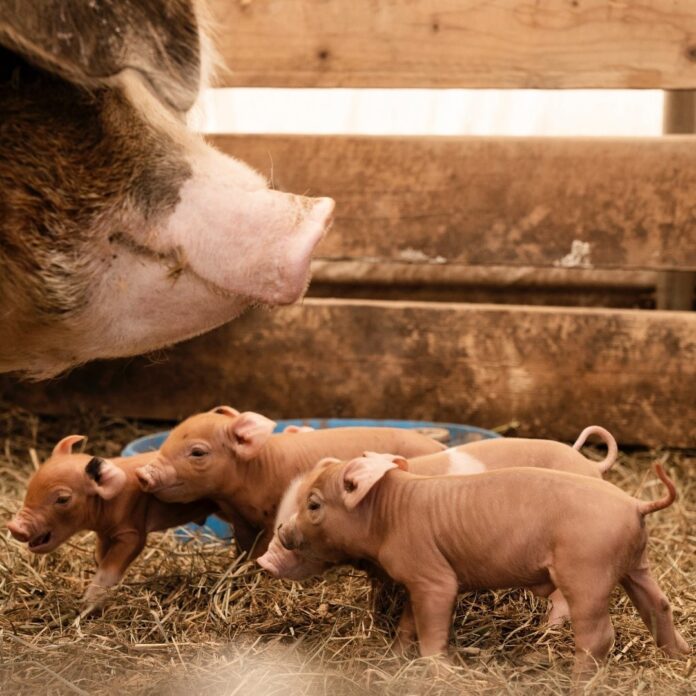Antibiotic resistance is a growing global health concern, as the rise of drug-resistant bacteria makes it more difficult to treat bacterial infections. Colistin, a last resort antibiotic, has been used to treat infections that are resistant to other antibiotics. However, the recent discovery of a new gene called mcr-3.1 has raised concerns about the effectiveness of colistin in treating bacterial infections. This gene was found in samples from pigs and suggests that antibiotic resistance can be transmitted from animals to humans through food.
Colistin is a polymyxin antibiotic that has been used for over 50 years. It is considered a last resort antibiotic because it is used to treat infections caused by bacteria that are resistant to other antibiotics. However, the discovery of mcr-1, mcr-2, and now mcr-3.1 genes has raised concerns about the efficacy of colistin in treating bacterial infections.
The mcr-3.1 gene was first discovered in China in 2018. It was found in Escherichia coli (E. coli) bacteria samples from pigs, indicating that antibiotic resistance can be transmitted from animals to humans through food. This is particularly concerning because E. coli is a common cause of urinary tract infections and other bacterial infections in humans.
The mcr-3.1 gene codes for a protein that modifies the lipopolysaccharide (LPS) layer of the bacterial cell membrane. This modification makes it difficult for colistin to bind to the bacterial cell membrane, making the bacteria resistant to the antibiotic. The mcr-3.1 gene is similar to mcr-1 and mcr-2, which were discovered in 2015 and 2016, respectively.
The discovery of the mcr-3.1 gene highlights the need for improved surveillance and control of antibiotic resistance in both humans and animals. The widespread use of antibiotics in agriculture has contributed to the emergence of antibiotic-resistant bacteria in food animals. This can lead to the spread of antibiotic resistance to humans through food consumption.
The transmission of antibiotic resistance from animals to humans through food is not a new phenomenon. In fact, antibiotic-resistant bacteria have been found in food animals for decades. However, the discovery of the mcr-3.1 gene is particularly concerning because it confers resistance to a last resort antibiotic.
There are several strategies that can be used to combat the spread of antibiotic resistance. One strategy is to reduce the use of antibiotics in agriculture. This can be achieved by implementing regulations that restrict the use of antibiotics in healthy animals and by promoting the use of alternative therapies, such as bacteriophages.
Another strategy is to improve surveillance and monitoring of antibiotic resistance in both humans and animals. This can help to identify emerging resistance patterns and inform the development of new antibiotics and other treatments.
In conclusion, the discovery of the mcr-3.1 gene highlights the need for improved surveillance and control of antibiotic resistance in both humans and animals. The spread of antibiotic resistance from animals to humans through food consumption is a major public health concern that requires urgent attention. By implementing strategies to reduce the use of antibiotics in agriculture and improving surveillance and monitoring of antibiotic resistance, we can work to combat the spread of antibiotic-resistant bacteria and protect public health.


